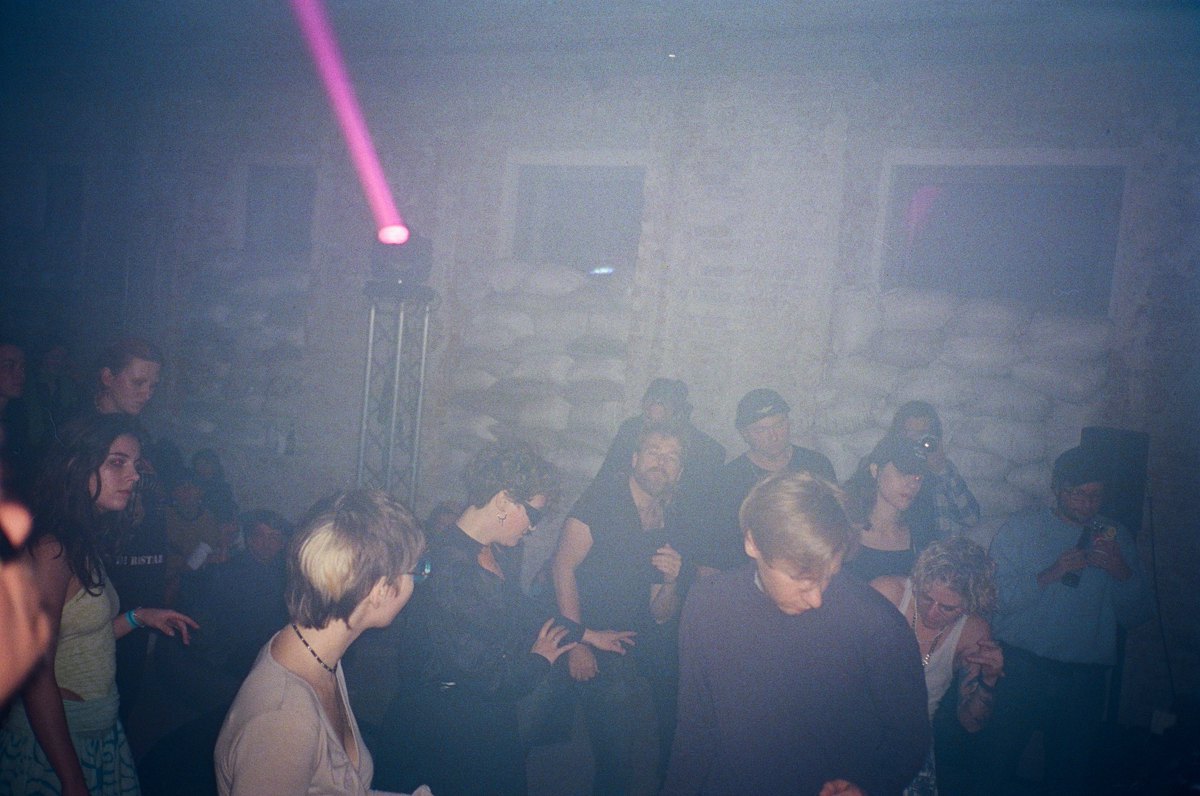How did you start this festival?
Andriy Palash: Quite spontaneously. Katya (Kateryna Rusetska – ed.), journalist Lera Malchenko and I got together in 2013, and a little later Yuliya Ovcharenko joined us. We wondered what to do next: stay in a city we did not particularly like living in at the time, or try to create something that would anchor us here, keep us engaged and give us new interests – to do what we enjoy and attempt to change the city for the better through our projects.
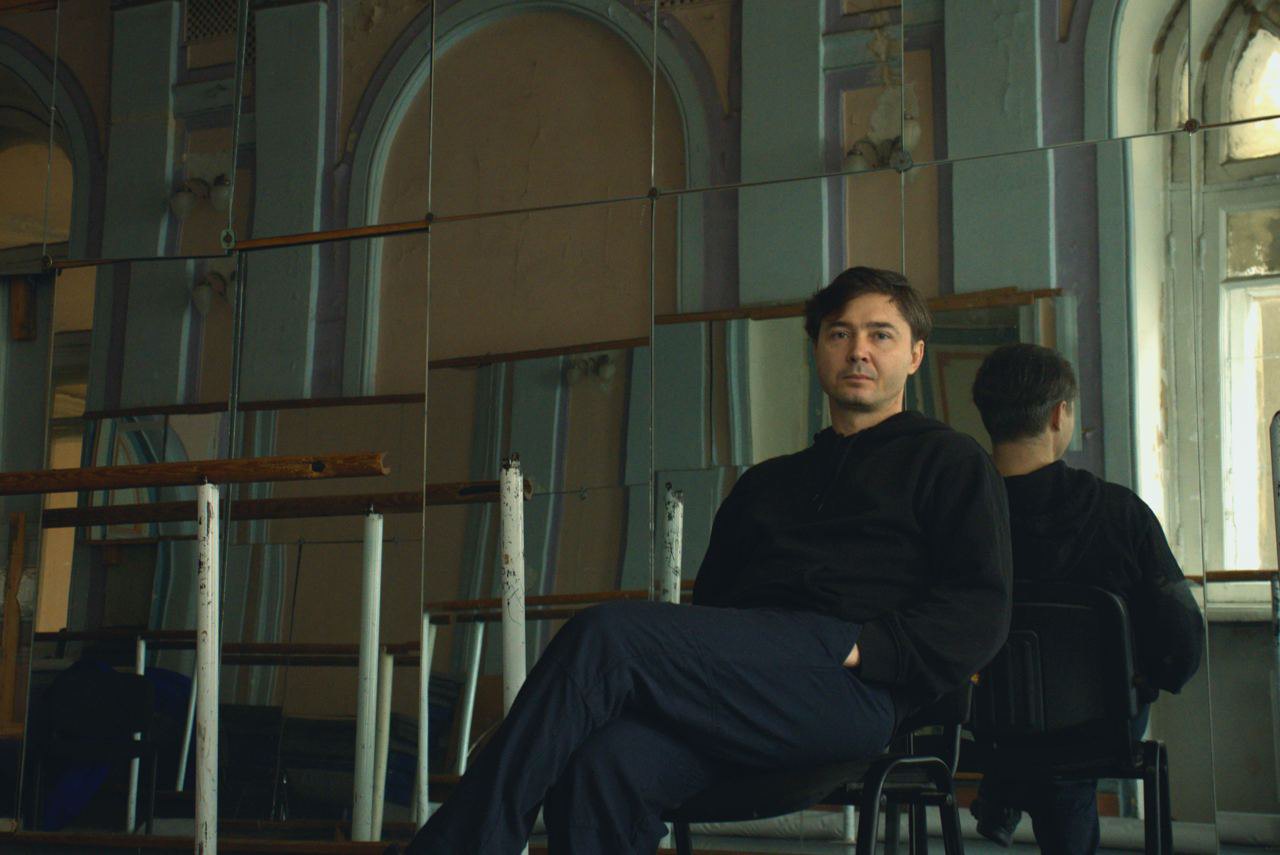
We came up with the name Konstruktsiya (Construction) based on our different interests: Katya was more into visual arts, I was into music, and Lera was into media. So, we ended up with this construction set that brought us together. Additionally, construction reflects Dnipro as a city where technology and engineering hold more significance than art. Then we began exploring ways to attract funding. At that time, we had nothing.
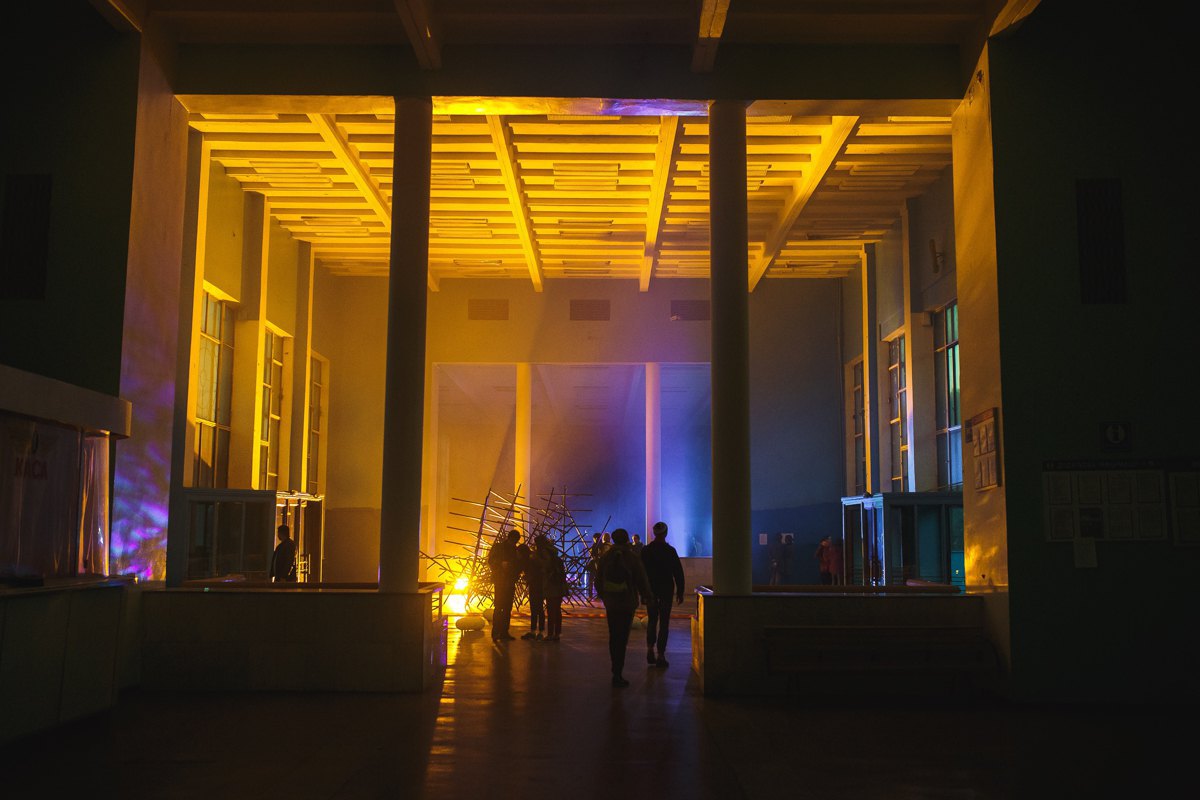
This is the most important question: where do you get your funding? Who supports you – the government, local businesses?
A.P.: We have raised funds twice through crowdfunding platforms. We have received small amounts of support from the city on several occasions. But mainly, we rely on international grants.
Kateryna Rusetska:Money is a favourite topic. There is never enough. It is always a struggle for survival.
Andriy Palash: “Give us money” – that is a good way to start this article.
K.R.:How do you secure funding, create a good programme that is accessible to all social classes, and collect donations without selling tickets while keeping the programme completely free?
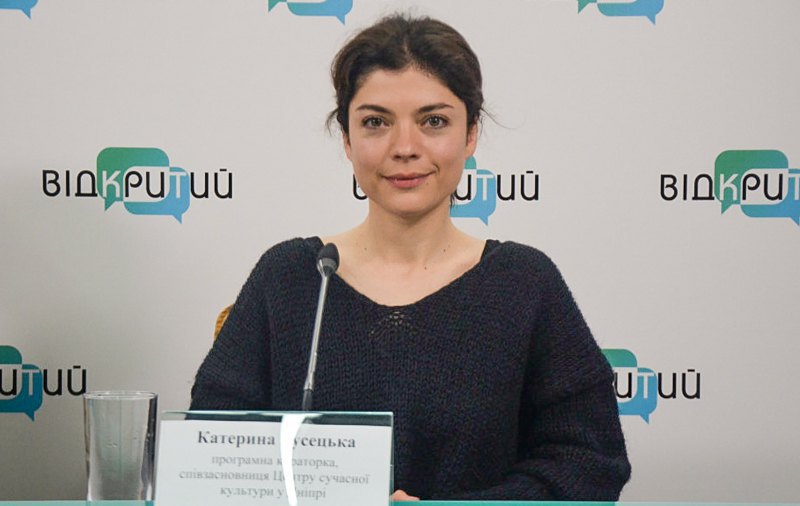
What do serious people like Hennadiy Korban have to do with this? I saw him once at a festival.
A.P.: If we are talking about the owners of the DCCC building (Korban is one of them – Ed.), which is the main venue for the festival (DCCC – Dnipro Centre for Contemporary Culture – Ed.), they have nothing to do with Construction. They control half the city, but they did not give a penny to Construction.
Construction is a festival held at various locations. The first event took place across almost 10 different sites, including the Organ Hall and the Planetarium, as well as the Factory and the Aquarium on Monastyrskyy Island. Our idea was to take premises that had either lost their function or been forgotten and try to create something modern and interesting there.
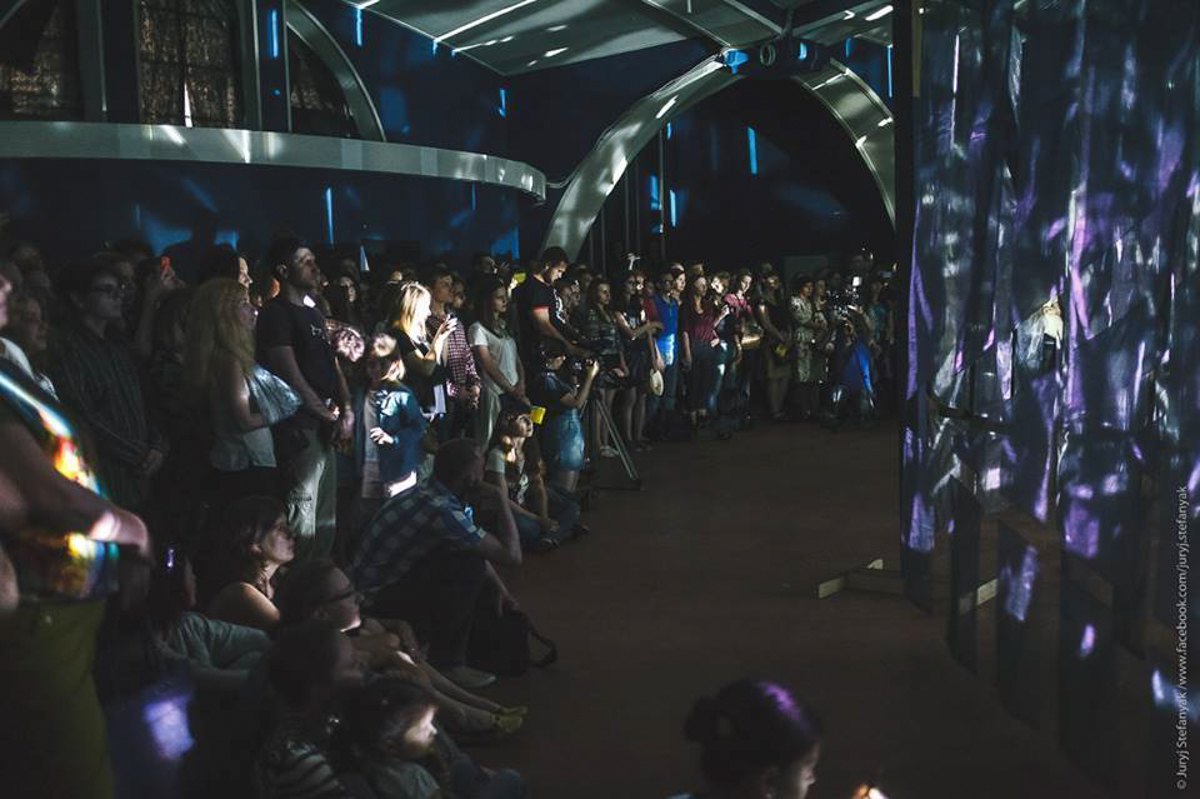
The festival already has a loyal circle of participants and audiences. How has this community changed during the war?
A.P.:This will be only the second Construction since the full-scale invasion. The main audience is the local community – the people of Dnipro. Not many people, especially from abroad, are willing to travel to a city near the front line right now. Even travelling within Ukraine is challenging for many. In terms of gender, the vast majority of the audience are women because men are either fighting or unable to attend events.
K.R.: Our audience has changed significantly over the years. We no longer know 80% of the people who come to us. If the first festivals were attended by friends of friends and people from our own circle, now it is a completely different group. There are many internally displaced persons in Dnipro – I believe most are from the Donetsk, Kharkiv and Zaporizhzhya Regions, those who have come to a safer city but hope to return home. Many activists and volunteers who previously worked in frontline regions have also arrived. I hope that some military personnel who have the opportunity to leave their positions for a day or two will also attend.
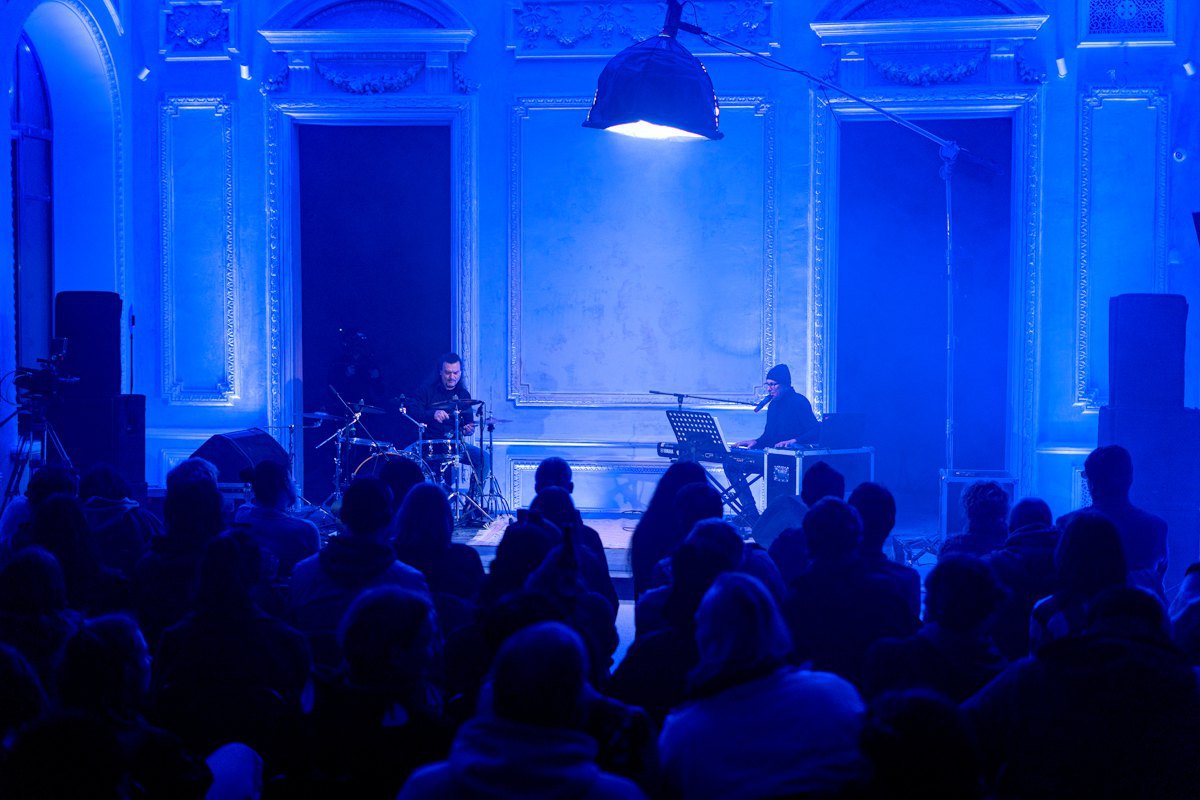
How did the festival affect the city?
Kateryna Rusetska:We have been asked this question before, and at first, it felt almost like a eulogy. But then even a journalist said:“I was at Construction, and it opened up the city for me.” She happened to attend in 2019, when we had a lot going on – different locations, many international artists – and on the last day, our friends held a self-organised wedding. Afterwards, she walked around Dnipro and said: “God, what an open city! So much is happening, cool people, everyone is stylish!” And we thought, “Well, okay, maybe so.” It is great that people can come and see the city through this prism. Of course, we sometimes create a bit of an illusion. But I think locals also look forward to the festival.
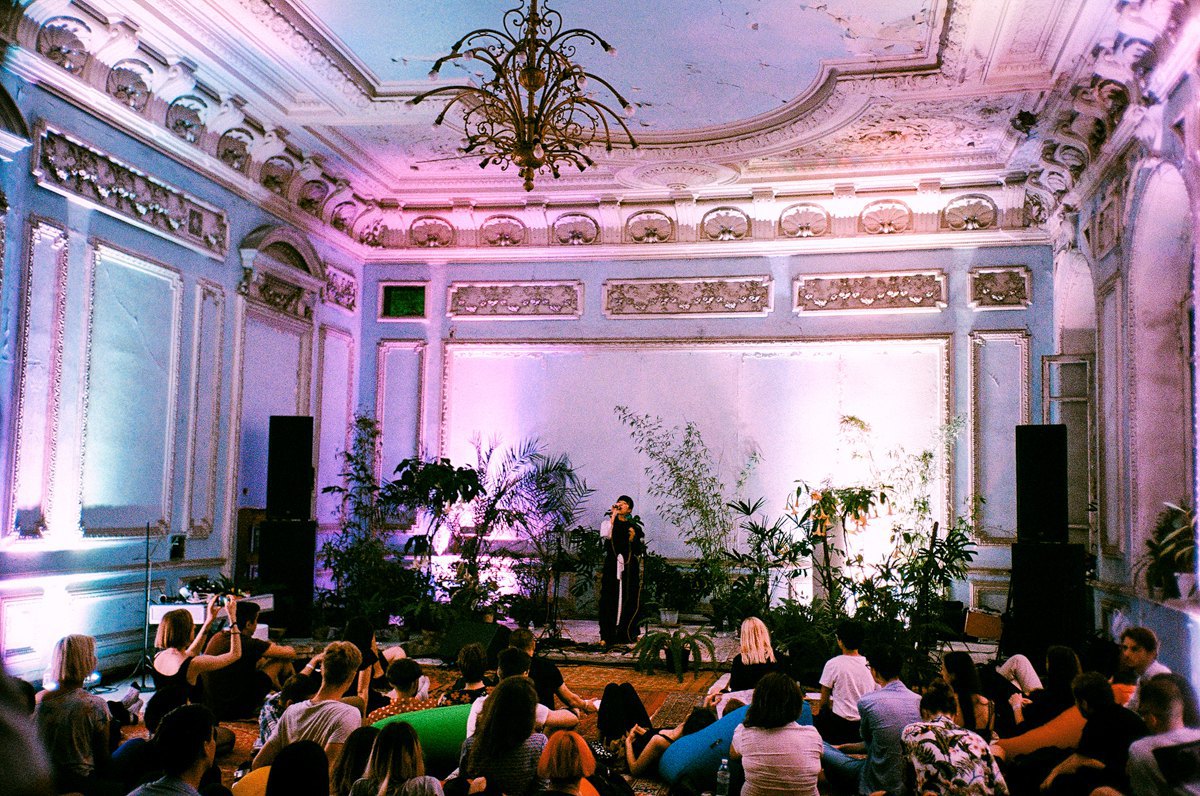
Andriy Palash:On the other hand, we are demonstrating the city’s potential – what could exist here on a permanent basis if the state, local authorities or citizens were more interested in change, in investing in culture and in trusting young people or those who think outside the box.
K.R.: Testing tolerance, testing openness to new ideas – this has always been the foundation of Construction. It is always an experiment and always a challenge.
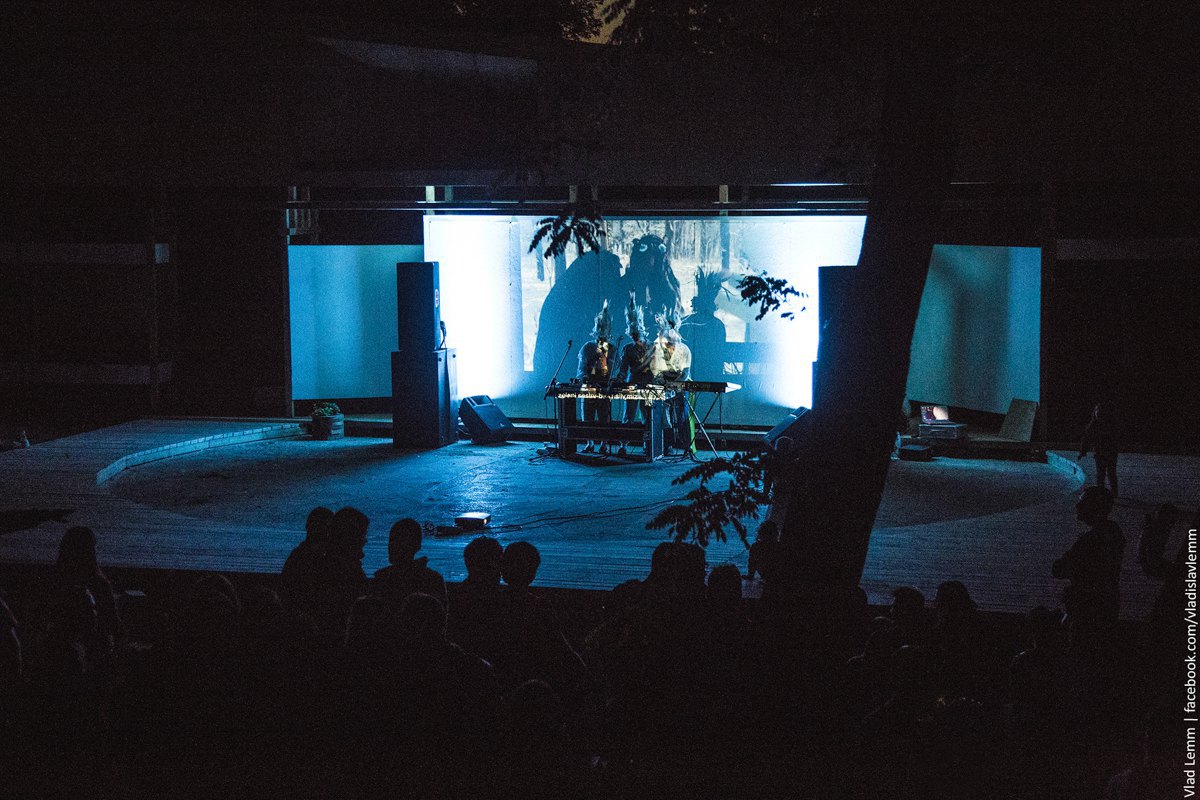
Speaking of this year's iteration: tell me those events at the festival that you are particularly proud of.
A.P.: After five years of focusing on the development of the DCCC, we will finally have a new location: the Verigo mansion near the main entrance to Shevchenko Park, next to the Yavornytskyy Museum. It was built in 1890 in an interesting Moorish style. In the 20th century, it housed a children’s hospital, and in 2024, the building was transferred to the Dnipro Art Museum, but it has not yet been put into operation. This year, we managed to secure this building for Construction. There will be an exhibition by Vitaliy Matukhno, an artist from Lysychansk in the Luhansk Region. I think it is a great project, and it is fantastic that we are moving into this building. I believe the people of Dnipro will be eager to visit.
At the opening of the festival, there will be an interesting collaboration with SMYK – a Kyiv string and bow rave community. We agreed with them to collaborate with experimental electronic musicians and performers who either sing or play traditional Ukrainian music. We have never done this before, so I think it will also be exciting.
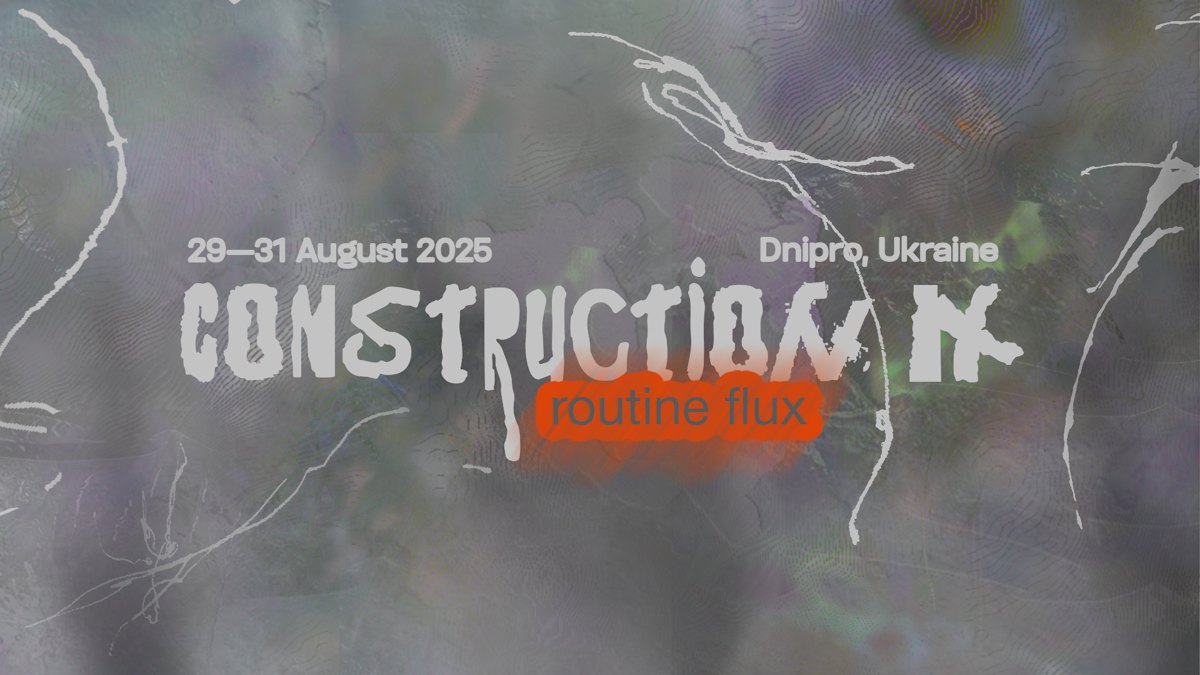
K.R.:This year, I am focusing on the public discussion programme. There will be discussions dedicated to the underground music scene, as well as memory and memorialisation. We will invite friends and relatives of heroes – members of our community who died defending us – to join the conversation. These will be difficult but necessary topics. We want to use them to launch a series of discussions that will continue after Construction, on how to talk about those we have lost and preserve their memory.
Together with Michal Murawski, an architectural anthropologist and professor at the School of Slavonic and East European Studies at University College London, we have developed the Frenemies programme. This is a very specific English term that can be translated as “friend-enemy”. I think it perfectly reflects what we are going through. We aim to examine different phenomena and processes – the controversial and dangerous line between friendship and hostility. Within this programme, we will explore aspects of the concept of home as a place of shelter, protection, warmth and gatherings with friends and family, but also as a place vulnerable to missiles and FPVs. We will speak with activists and artists who work on the theme of home at various levels, from theoretical reflections to direct reconstruction or assistance to displaced persons.
Another topic will be drones. We will discuss the impact of drones on tactics and strategy. Our guest will be Yevhen Honcharov, co-founder of the Modul art studio, who is currently fighting in the Yasni Ochi drone unit.
And one more discussion will feature cultural figures and researchers who are currently working at the intersection of academic studies and OSINT. We are broadening our scope, engaging in conversations on different levels – from local to geopolitical.
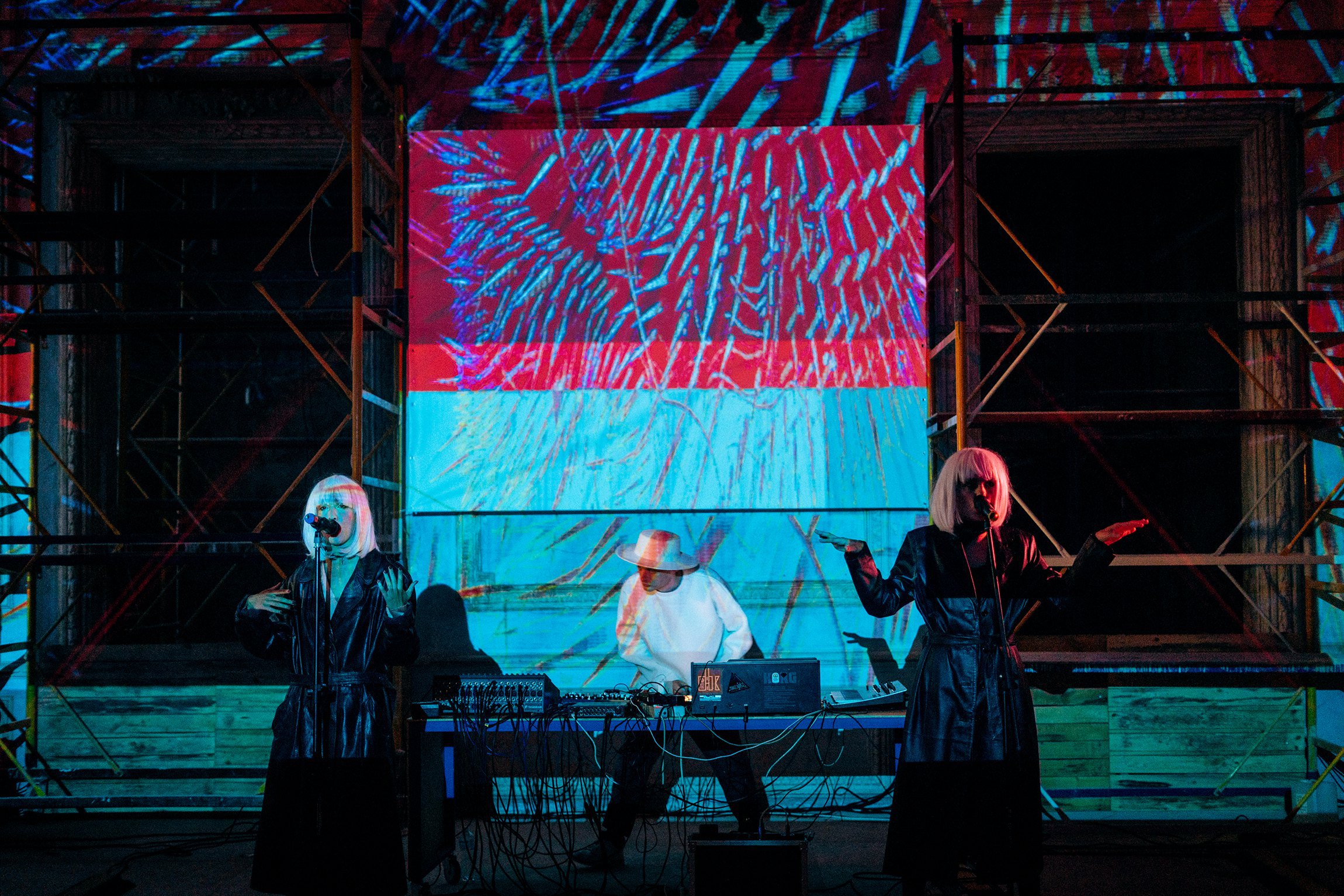
I will ask outside the context of the Construction as a Dnipro resident. What has Dnipro become during the full-scale war, how has it changed?
Kateryna Rusetska:I am a bit of an outsider now, as I spend more time in Kyiv. Still, I constantly think about Dnipro – I have become even more of a radical patriot in this regard. Yes, we criticise a lot, but I think Dnipro is doing very well. It remains a transit city: many people pass through it, using it as a base. But it is alive. When you come here, you feel that a lot is happening on different levels. And I do not feel that it is any more dangerous than Kyiv.
Andriy Palash:I think the city has not stopped, but it is not really moving forward either. However, its character has changed significantly in terms of its people. Many have left, many have been mobilised. And many others have arrived from the frontline and occupied territories, from the south and east. They need time to adapt and integrate into the city.
We have opened a public space near the DCCC (the reconstructed Uspenska Square – Ed.), and we have a strong core group of activists. But now there are fewer people with whom we can implement large cultural projects. That is what I have noticed.
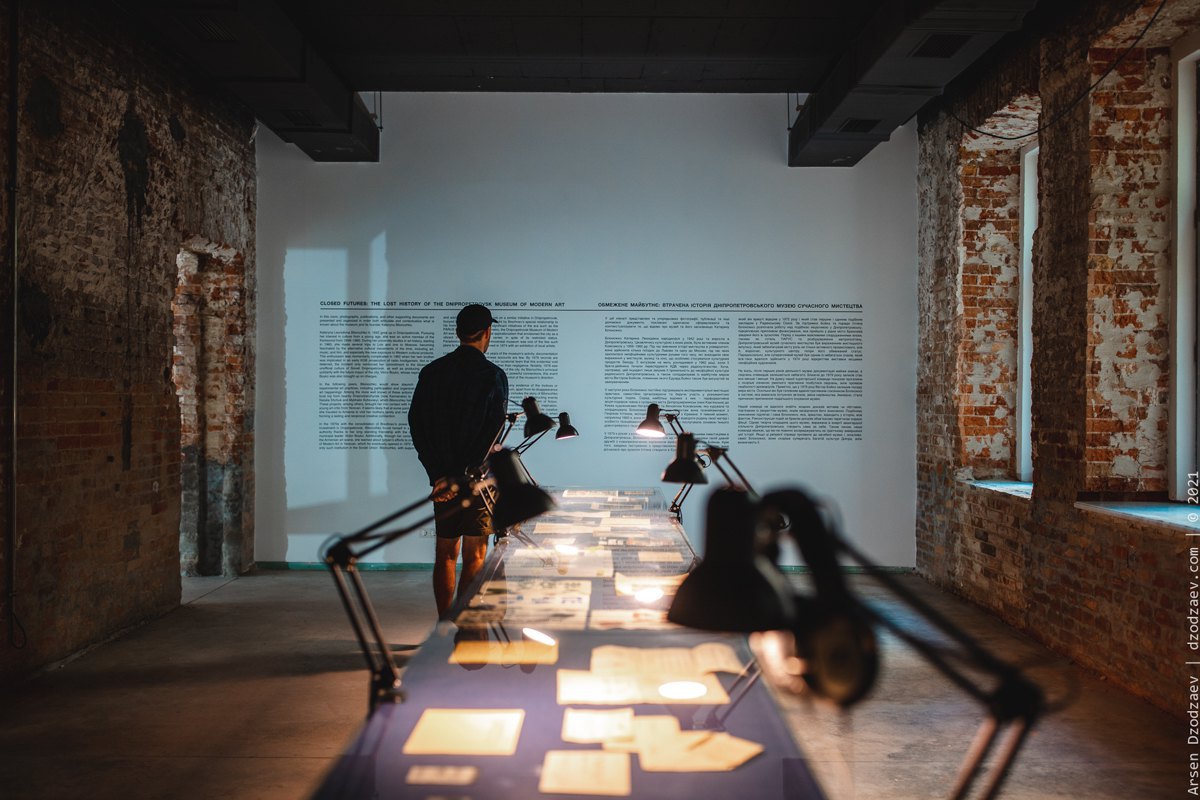
K.R.: Yet we should not underestimate Dnipro’s role in terms of military and volunteer support. For instance, the largest hospital closest to the front line is the Mechnikov Hospital. The city plays a crucial role for the entire eastern front and partly for the Zaporizhzhya front as well. The wounded are brought to Dnipro. Vehicles are repaired here. Soldiers come here to rest and recover, even if only for a day.
It's not the first time I've talked to you and finally I have this question: where do you get the batteries (the energy – Ed.)?
A.P.:They are already gone.
I do not believe you.
Kateryna Rusetska (laughing): Great. That is a good answer.
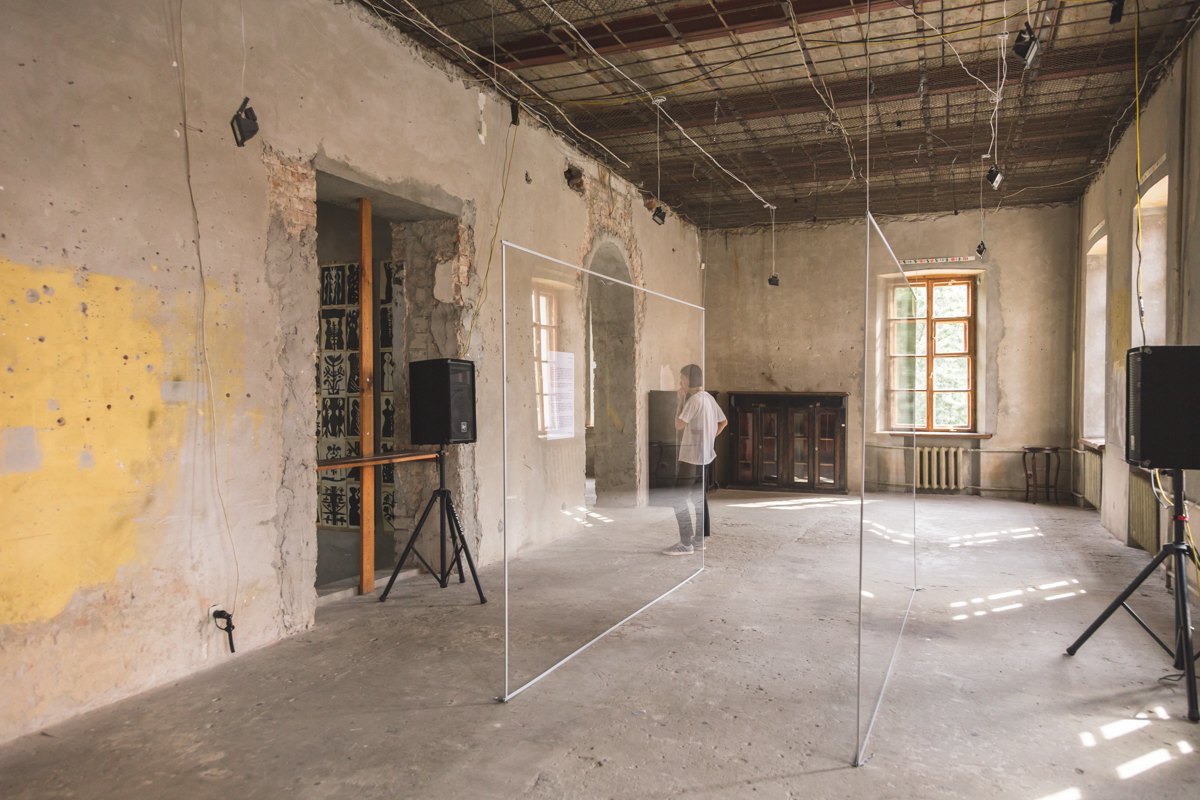
A.P.:We do not get them from anywhere – we just know that we cannot give up. The topics we address are relevant. Besides, Construction itself is an opportunity to support artists who remain in Ukraine. And a festival always brings a lot of communication. When like-minded people come together, it works as therapy. It definitely helps me.
K.R.:The main motivation is to give Russia a big slap in the face. After all, one of Russia’s main goals is to destabilise us, to destroy and erase our culture. The fact that we and our colleagues keep moving forward, and that new initiatives continue to emerge, prevents the occupiers from achieving this. On the other hand, when you think about the military – those who have put their lives on hold to defend us – this is the least we can do in the rear: continue developing culture, working with the community and engaging new people. And, of course, collecting donations.
